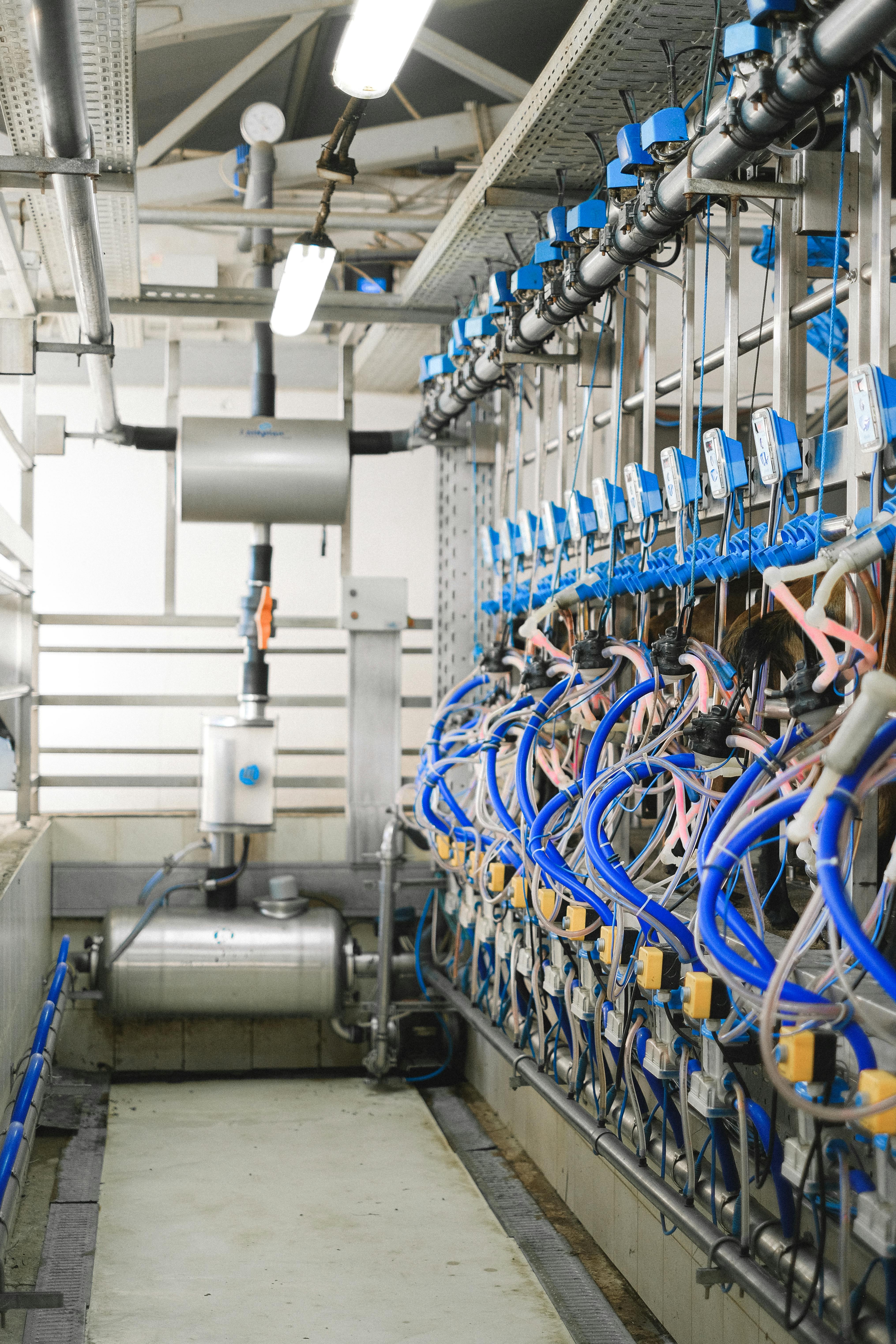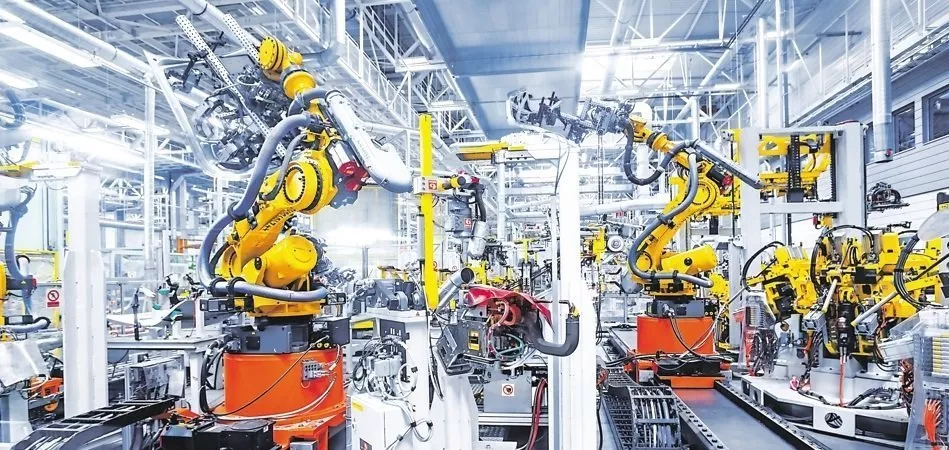Table of Contents
Understanding modern complexities like cybersecurity, mental health, and industrial automation is essential for advancement, safety, and well-being in a constantly changing digital environment. These important areas are traversed in this article.
Safeguarding the Digital World: Cutting-Edge Cybersecurity Practices
Due in large part to the exponential growth of internet-dependent activities, cybersecurity has evolved from a niche issue to a mainstream necessity. In addition to strengthening digital infrastructure, modern cybersecurity procedures demand constant adaptation to constantly changing threats.
The proactive detection of vulnerabilities using techniques like vulnerability scanning and penetration testing is one essential element. Furthermore, putting strong encryption standards into place both at rest and in transit protects data from unwanted access and maintains the confidentiality and integrity of sensitive data.
Teaching staff members about common cyberthreats, like phishing and social engineering attacks, which frequently take advantage of human error, is another essential component. Developing a security-conscious culture within companies is just as crucial as implementing technical safeguards. By preventing unwanted access through extra verification procedures, multi-factor authentication (MFA) is proving to be a successful defense against credential theft.
Furthermore, cutting-edge technologies like machine learning (ML) and artificial intelligence (AI) provide flexible solutions for threat detection and reaction in real time. In order to find anomalous patterns suggestive of possible cyberthreats, these technologies examine enormous volumes of data. A thorough cybersecurity strategy is further supported by routine software updates and patches as well as compliance monitoring for laws like the CCPA and GDPR.
Navigating the Mental Health Maze: Effective Strategies to Alleviate Anxiety
In today&8217;s fast-paced world, mental health—especially anxiety-related issues—is becoming a more significant concern. Despite their advantages, technological developments have also increased the demands and expectations placed on people. Coping mechanisms and anxiety management techniques are therefore becoming more and more important.
One of the best treatments for anxiety is still cognitive behavioral therapy (CBT), which focuses on altering unfavorable thought and behavior patterns. Additionally, by encouraging a state of present-moment awareness, mindfulness and meditation provide useful tools for people to manage stress and preserve mental health. By utilizing technology, mental health applications offer mobile assistance, ranging from real-time chat with certified therapists to guided meditations.
The function of social support networks in reducing anxiety is equally significant. Creating a supportive network of friends and family can help reduce stress. Another well-established strategy for lowering anxiety is regular exercise, which releases endorphins and enhances wellbeing.
Employers are becoming more aware of their responsibility to support their employees&8217; mental health, and many are doing so by introducing mental health days and Employee Assistance Programs (EAPs). Stigmas around mental health are being dispelled by candid discussions, making it easier for people who need assistance to get it. Furthermore, sleep and nutrition are important aspects of mental health that are frequently disregarded; having a healthy diet and getting enough sleep can have a big impact on one&8217;s capacity to manage stress and anxiety.
Revolutionizing Industries: The Impact of Industrial Automation
In manufacturing and other fields, industrial automation represents a significant advancement in productivity, quality, and safety. Automation, made possible by developments in robotics and artificial intelligence, has transformed conventional industrial processes, increasing productivity and lowering human error.
Around-the-clock operation of automated systems can greatly boost output while preserving quality. For example, robotics is particularly good at repetitive jobs that need accuracy and speed, like assembly lines in the auto industry. In addition to increasing productivity, these systems free up human workers to concentrate on intricate, judgment-based tasks that call for imagination and intuition.
The emergence of the Internet of Things (IoT) has revolutionized industrial operations in addition to robotics. Real-time data collection and analysis by IoT devices allows for predictive maintenance and minimizes downtime. By preventing expensive malfunctions and prolonging equipment life, this proactive approach guarantees that machinery runs at peak efficiency.
By keeping people out of dangerous situations, industrial automation also improves workplace safety. By carrying out risky tasks, automated systems reduce the possibility of accidents at work. Furthermore, automation fosters innovation by making it possible to develop previously unthinkable complex products and procedures. Algorithms driven by AI optimize supply chain logistics and production schedules, lowering costs, accelerating time to market, and boosting overall competitiveness.
However, integrating these cutting-edge technologies calls for a large financial outlay as well as specialized labor. As workers move from manual labor to technical positions managing automated systems, workforce education and retraining become crucial. It is impossible to ignore the economic and social effects of this change, which calls for careful preparation and backing from business and governmental initiatives.

Balancing Digital and Mental Well-Being: The Intersection of Technology and Mindfulness
Finding a balance between digital engagement and mental health has become crucial as digital technology permeates every part of our lives. There are special opportunities and challenges for preserving mental health because of the continual connectedness made possible by smartphones, social media, and the internet.
Burnout, anxiety, and stress can all be exacerbated by excessive screen time and digital multitasking. Digital detoxes, in which people take a break from technology for a while, can help people feel better and think more clearly. Digital consumption can be managed and potential negative effects can be minimized by setting boundaries, such as designated times or locations where digital devices are not allowed.
On the other hand, a variety of tools and applications that promote mindfulness and relaxation can also help technology promote mental health. People can incorporate mindfulness practices into their daily routines with the help of apps that provide deep breathing techniques, guided meditation, and sleep aids. Fitness trackers and other wearable technology can track sleep and physical activity patterns, offering important information about general health and wellbeing.
By providing virtual therapy sessions and support groups, telehealth services have increased access to mental health care. This is especially important for people who live in remote areas or during social distancing. By lowering obstacles like stigma and geographic restrictions, these services have increased access to mental health resources.
Another crucial area where technology and mental health interact is work-life balance. Digital tools have made remote work possible. While it provides flexibility, it can also make it difficult to distinguish between personal and professional life. Productivity can be increased while maintaining mental health by setting clear work boundaries, utilizing productivity apps to efficiently manage time, and designating a specific workspace.
In the end, the combination of mindfulness exercises and digital innovations offers a thorough strategy for navigating the challenges of contemporary life. A balanced and satisfying digital life can be promoted by using technology with awareness, backed by deliberate routines and boundaries.
Future Horizons: Integration and Innovation in Cybersecurity, Mental Health, and Automation
As we look to the future, the integration of cybersecurity, mental health, and automation is poised to drive significant innovation and transformation across industries and society. Emerging technologies will continue to shape and redefine these domains, creating new opportunities and challenges.
Artificial Intelligence (AI) and Machine Learning (ML) will further advance cybersecurity, enabling more sophisticated threat detection and response mechanisms. Predictive analytics will anticipate and mitigate risks, ensuring a proactive rather than reactive approach to cybersecurity. Quantum computing, though in its nascent stages, holds the potential to revolutionize encryption and data security, offering unprecedented levels of protection against cyber threats.
Technological developments in mental health will improve individualized treatment through AI-powered diagnostics and data-driven insights. Innovative therapeutic interventions will be made possible by virtual reality (VR) and augmented reality (AR), which offer immersive experiences that help manage PTSD, anxiety, and phobias. Further de-stigmatizing and normalizing mental health care will be achieved by incorporating mental health support into commonplace technology, such as virtual assistants and smart home appliances.
Industrial automation will continue to evolve, driven by advancements in AI, IoT, and autonomous systems. The rise of smart factories, leveraging interconnected devices and real-time data analytics, will optimize production processes and supply chain management. Collaborative robots (cobots), designed to work alongside humans, will enhance productivity while ensuring safety and efficiency. The convergence of automation and artificial intelligence will pave the way for next-generation manufacturing and industrial operations.
Additionally, ethical and societal issues will arise from the intersection of these domains. Cybersecurity privacy issues, the effects of digital technology on mental health, and the effects of automation on jobs will all necessitate careful regulation and cooperative efforts. To manage these complexities and guarantee that technological advancements benefit society as a whole, stakeholders—including governments, business executives, and communities—must collaborate.
To sum up, understanding the intricacies of modern cybersecurity, mental health, and industrial automation necessitates a comprehensive strategy that takes advantage of state-of-the-art technologies while taking ethical and societal issues into account. A thoughtful and balanced approach to technology will be necessary as we adopt these developments in order to fully realize its potential for advancement and wellbeing.

